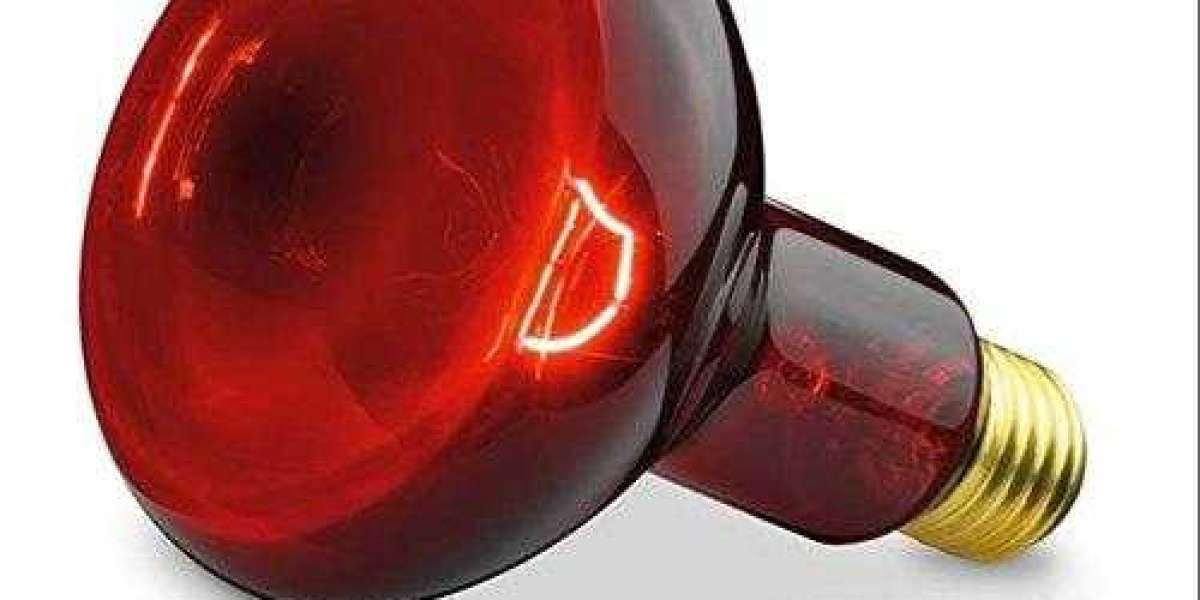Dr. Jitesh Manghwani is a highly skilled and experienced spine surgeon with specialized training in various areas of spine surgery. Dr. Jitesh Manghwani completed his MS in Orthopedics from LTMC Mumbai. He has also completed DNB Orthopedics as well. He has done his fellowship in arthroplasty. He has been brilliant at a young age winning many laurels notable amongst them being Rank 1 in the Association of Spine Surgeons of India Exam. He is renowned for his expertise in Robotic Spine Surgery, Minimally Invasive Spine Surgery, Safe Spine Surgery and Navigated spine surgeries, endoscopic spine procedures, and surgeries specifically designed for patients with osteoporosis. Currently, he is working at the Indian Spinal Injuries Centre (ISIC), where he serves as the Consultant Robotic Spine Surgeon. He is also a graduate and post-graduate spine trainer, imparting his knowledge and experience to aspiring young spine specialists.
Dr. Jitesh Manghwani has worked closely with Dr. H.S. Chhabra of Indian Spinal Injuries Centre.
Prior to joining Indian Spinal Injuries Centre, Dr. Jitesh Manghwani has worked at several prestigious hospitals across India, including Fortis Escort Okhla, Fortis Research Institute, Medanta, LNJP Hospital MAMC in Delhi, and LTMMC SION Hospital, King Edward Memorial Hospital GSMC in Bombay. He has been associated with these institutions in various capacities.
Dr. Jitesh Manghwani is a highly respected and well-regarded surgeon in the field of spine surgery. He has numerous publications to his credit and has presented papers at various national and international conferences. He has also contributed to the development of several spinal implants and instruments, which are widely used by surgeons across the globe.
Consulting a spine surgeon like Dr. Jitesh Manghwani may be necessary when a patient has persistent or worsening back pain or neck pain, or if they experience symptoms such as numbness, tingling, weakness, or loss of sensation in their arms or legs. Other reasons to consult Dr. Jitesh Manghwani may include:
- Persistent or worsening pain after conservative treatments such as physical therapy, medications, or injections
- Difficulty walking or standing due to back or leg pain
- Loss of bowel or bladder control
- Traumatic injury to the spine or neck
- Development of a deformity or abnormal curvature of the spine
- Tumor or infection in the spine
Dr. Jitesh Manghwani specializes in Robotic spine surgery. It is a type of minimally invasive spine surgery that uses advanced robotic technology to assist the surgeon in performing precise and accurate procedures. The robotic system uses specialized cameras and instruments that allow the surgeon to operate with greater control and precision, minimizing the risk of injury to surrounding tissues and nerves.
During robotic spine surgery, the surgeon uses a computerized system to plan the procedure, including identifying the exact location of the surgical site and mapping out the trajectory of the surgical instruments. The robot then assists the surgeon in performing the procedure with greater accuracy, allowing for smaller incisions, less blood loss, and faster recovery times for the patient.
Robotic spine surgery can be used to treat a variety of spinal conditions, including herniated discs, spinal stenosis, degenerative disc disease, and scoliosis, among others. It is especially useful for complex spinal surgeries that require a high level of precision, such as those involving the cervical spine or those that require the removal of tumors or other abnormal growths.
Robotic spine surgery requires specialized training and expertise to perform. Patients who are considering robotic spine surgery should seek out a surgeon who has extensive experience with the technique and can provide a thorough evaluation to determine if it is the right option for their individual needs.
One can consult Dr. Jitesh Manghwani for the following:
- Herniated disc: A herniated disc occurs when the soft inner material of a spinal disc pushes through the outer layer, causing pain and discomfort.
- Spinal stenosis: Spinal stenosis is a narrowing of the spinal canal, which can compress the spinal cord or nerves and cause pain, weakness, or numbness in the arms or legs.
- Degenerative disc disease: Degenerative disc disease occurs when the spinal discs degenerate or wear down over time, leading to pain and stiffness in the back or neck.
- Scoliosis: Scoliosis is a curvature of the spine that can cause pain, discomfort, and difficulty with breathing.
- Osteoporosis: Osteoporosis is a condition that weakens the bones, making them more susceptible to fractures, including those in the spine.
- Spinal cord injury: A spinal cord injury occurs when the spinal cord is damaged, leading to loss of sensation or movement in the arms or legs.
- Spinal tumors: Spinal tumors are abnormal growths that can compress the spinal cord or nerves, causing pain, weakness, or paralysis.
- Infections: Infections of the spine can cause pain, swelling, and fever, and can lead to serious complications if left untreated.
- Ankylosing spondylitis: Ankylosing spondylitis is a type of arthritis that affects the spine, causing pain and stiffness in the back and neck.
- Sciatica: Sciatica is a condition that occurs when the sciatic nerve, which runs from the lower back down the leg, becomes compressed or irritated, causing pain, numbness, or weakness in the lower back, buttock, and leg.
- Spondylolisthesis: Spondylolisthesis is a condition in which one vertebra slips forward over another, causing pain and instability in the spine.
- Cervical radiculopathy: Cervical radiculopathy is a condition that occurs when a nerve in the neck becomes compressed or irritated, causing pain, weakness, or numbness in the arms or hands.
- Kyphosis: Kyphosis is a curvature of the spine that causes a hump-like appearance in the upper back, and can cause pain, discomfort, and difficulty with breathing.
- Discitis: Discitis is an infection of the spinal disc, which can cause pain, fever, and other symptoms.
- Spinal fractures: Spinal fractures can occur due to injury, osteoporosis, or other conditions, and can cause severe pain, loss of movement, and other complications.
- Cervical myelopathy: Cervical myelopathy is a condition that occurs when the spinal cord in the neck becomes compressed, causing weakness, numbness, and difficulty with coordination in the arms and legs.
- Osteoarthritis: Osteoarthritis is a degenerative joint disease that can affect the spine, causing pain, stiffness, and limited mobility.
- Scheuermann's disease: Scheuermann's disease is a condition that causes the spine to curve forward, resulting in a rounded appearance of the upper back.
- Pinched nerve: A pinched nerve occurs when a nerve becomes compressed or irritated, causing pain, numbness, or weakness in the affected area.
- Cauda equina syndrome: Cauda equina syndrome is a rare but serious condition that occurs when the nerves at the base of the spine become compressed, causing loss of bladder or bowel control, and other severe symptoms.
- Tumors: Tumors can occur in the spine and can be either benign or malignant, causing a range of symptoms depending on their location and size.
Spina bifida: Spina bifida is a birth defect that occurs when the spine does not form properly, leading to neurological complications such as paralysis, bladder or bowel dysfunction, and other symptoms.








